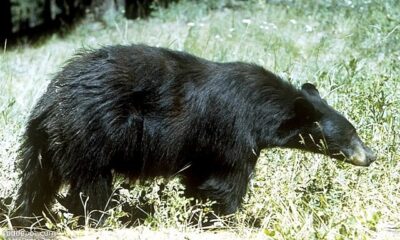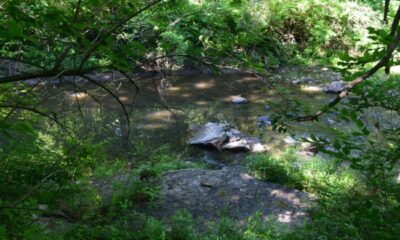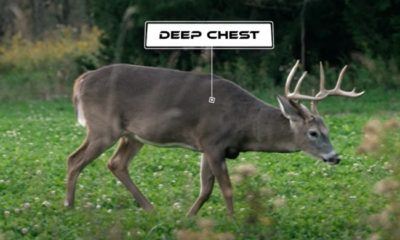Hiking & Climbing
2 Wild Animals I’ve Gotta See (& 1 I Never Want to See Again)
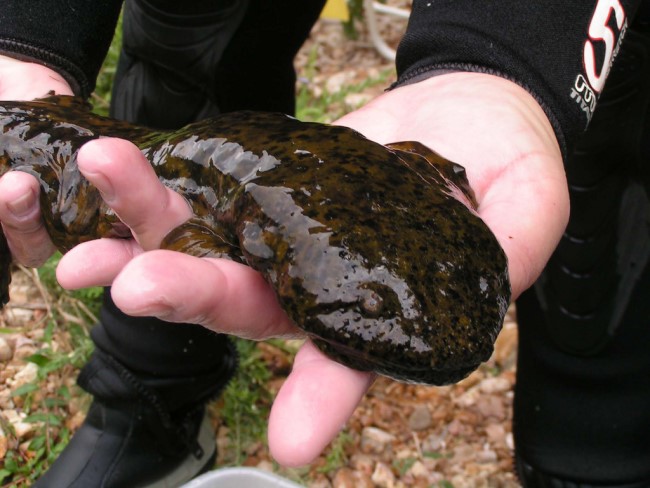
“Snot otter” would be a really great name for a punk band.
I’ve spent a lot of time in the wilderness, but there are two critters I need to see in the wild before I die…
One of the coolest things about being an outdoorsman is spotting wild animals in their natural environment. As a hunter, I’ve spent countless hours sitting very still and being very quiet–as a result, I’ve had songbirds perch on my blind, foxes come within tickling distance, and one extremely bored skunk who did not give a single F about the big ugly hairless critter in camouflage sitting there with his gun. But there are two wild North American critters that I haven’t seen out in the wild that reside near the top of my bucket list…and one that I never want to see again (although I know that I will).
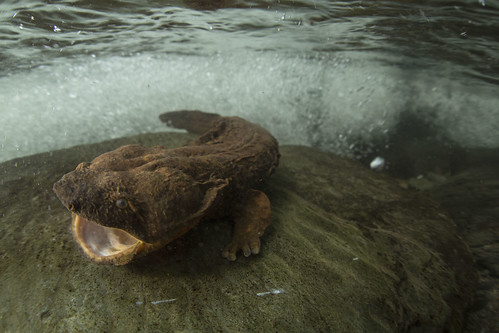
“Lasagna Lizard” would make a great name for a lounge band.
1: Eastern Hellbender Salamander
This amphibious denizen of the Appalachians and Ozarks is proof that both Nature and our hillbilly forefathers have an awesome sense of humor. This giant salamander has a unique way of breathing through its skin that makes it a natural bellwether of environmental health…and a number of fun nicknames, all of which would make great names for bands: Hellbender, snot otter, lasagna lizard, Allegheny alligator, and mud devil. It makes its home in clear freshwater streams, and because it respires through capillaries in its skin, if the stream becomes too silty or polluted it will quickly become empty of hellbenders. At up to 2 feet long, these antediluvian river monsters look like a nightmare, but they’re completely harmless. According to wildlife biologists, they live their entire lives more or less under the same rock (just like some politicians I can think of), and they’re nocturnal…which is probably why I haven’t seen one yet. Someday…
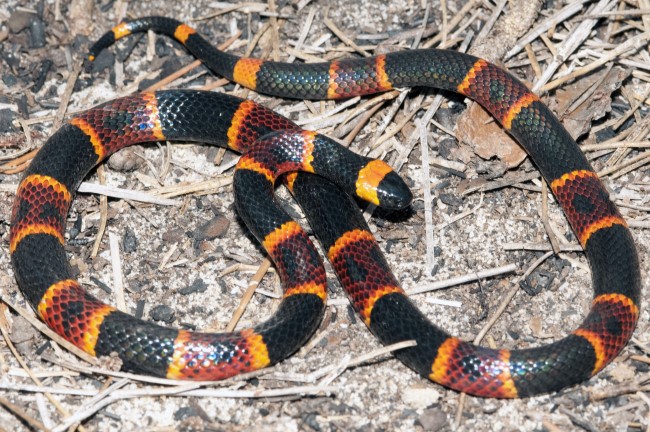
What’s the difference between scaring this snake and pulling my finger?
2: Coral Snake
One of only four venomous species in North America (the others are the cottonmouth, the rattlesnake and the copperhead), the coral snake is easily the most beautiful and the least dangerous. Oh, yes, its venom is extremely potent and absolutely can kill a human being, but there have been no fatalities since the introduction of antivenin in the 1960s. Part of the reason why is that coral snakes are extremely shy, their mouths are small, and because their fangs are small and fixed–making it difficult for them to bite through clothing and shoe leather. But here’s the real reason I just have to see a coral snake before I die…
MICROFARTS!
I swear that this is an actual scientific name for what the coral snake does, and that I am not making this up. Just like with my college roommate, the coral snake uses gas to either drive away predators, attract mates, or both. Unlike my college roommate, the coral snake uses regular air instead of Milwaukee’s Best and fried chicken to create its butt bombs. Biologists refer to it as a “protective sonic warning capability,” but I refer to it as “the farting snake I have to see before I die.”
That leaves one critter that I am really, really tired of seeing out in the woods and fields…
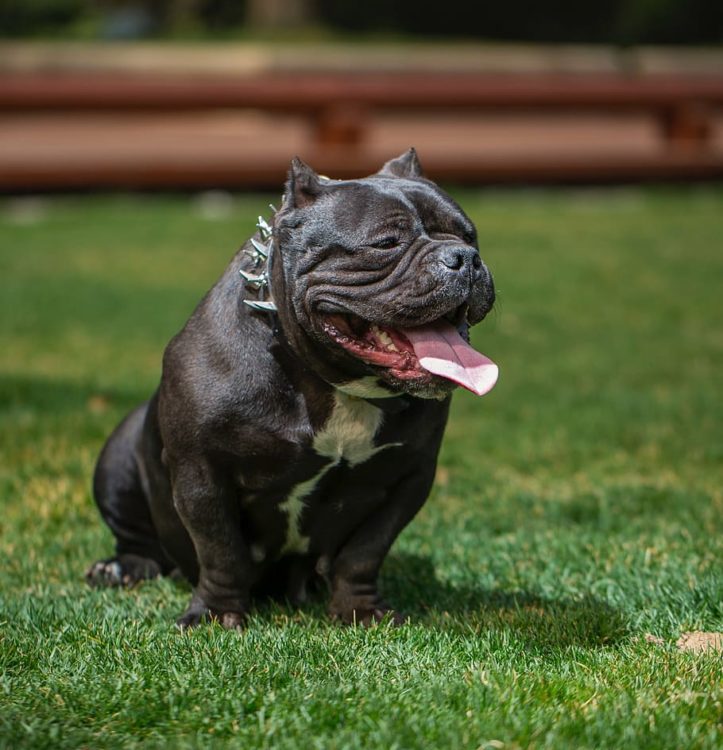
I’m sure he’s a very good boy, but there’s something missing from this photo…
3: Dishonorable Mention: $%#!ing Unleashed Dogs
A couple of months ago, I wrote a tongue-in-cheek article about how COVID-19 is sending lots of new hikers and campers out into the wilderness to practice social distancing in a way that doesn’t involve staring at the same four walls all day. The point of the article was that we experienced outdoorsmen should welcome and help these newbies whenever we can, because the more Americans are out enjoying the outdoors, the brighter our nation’s conservation future. I stand by that sentiment…except for the unleashed dogs.
Don’t get me wrong; I love dogs as much as the next guy and maybe more. That’s why it upsets me so much to see people out in the woods with their unleashed pets. Oh, I’m sure a few of them are exquisitely trained hunting or service dogs that can be trusted not to attack or harass wildlife…but most of them aren’t. Unleashed dogs are hell on baby wildlife, but potentially much worse for themselves and their owners. Leaving aside the entire issue of dog-on-human attacks and how the human in question may choose to defend themselves, let’s talk about rabies. What sort of wild animal is an unleashed, untrained dog most likely to get up close and personal with? How about an animal in the second (or “madness”) stage of rabies?
Here’s wishing all my fellow hikers and hunters a very happy Saturday…and with any luck, you’ll spot a “bucket list” critter of your own this weekend!
-
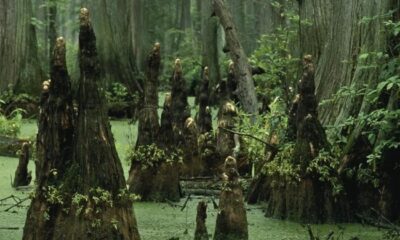
 Hunting1 month ago
Hunting1 month agoDrain the Swamp: Corruption Scandal at Washington State’s Fish & Wildlife
-
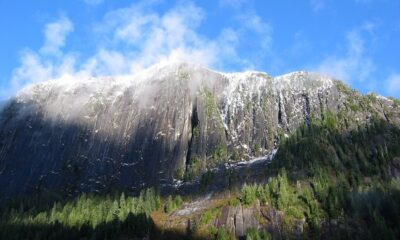
 Adventure2 weeks ago
Adventure2 weeks agoDoes the “Big Beautiful Bill” Have a Public-Lands Wart?
-
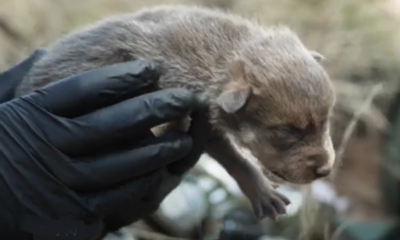
 Adventure4 weeks ago
Adventure4 weeks agoHowling in Cuckoo: How Mexican Wolves are Fostered
-
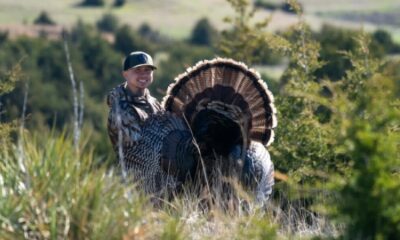
 Hunting2 months ago
Hunting2 months agoHow to Outwit the Merriam’s Turkey
-
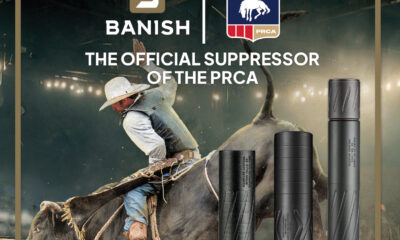
 Adventure2 months ago
Adventure2 months agoGoing Rodeo! BANISH Named the Professional Rodeo Cowboys’ Official Suppressor
-
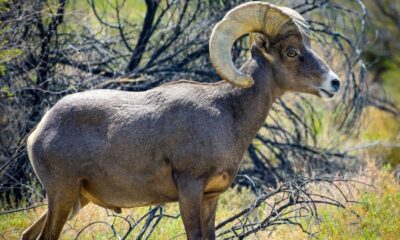
 Adventure1 week ago
Adventure1 week agoU.S. Bighorn Sheep Going Home to Canada
-

 Gear14 hours ago
Gear14 hours agoLet Freedom RING! Primary Arms’ Independence Day Category Sale Starts NOW
-
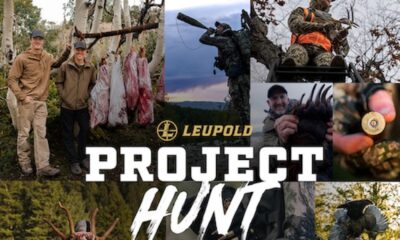
 Adventure3 weeks ago
Adventure3 weeks agoYour Dream Hunt Could Be a Movie & Leupold Can Help

